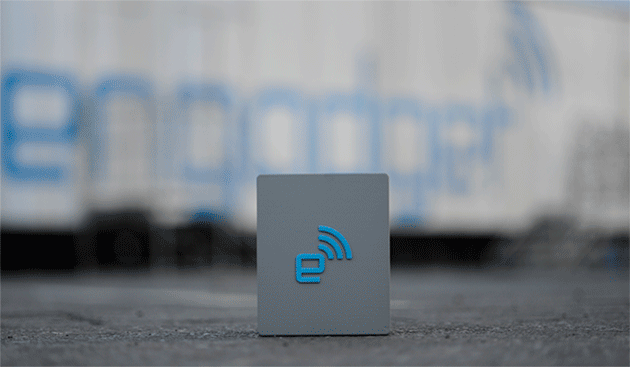Making Engadget's Best of CES trophies (video)

As we began putting together our awards proposal for the CEA, we knew we had to blow things out. It was important to make every aspect of the awards uniquely Engadget, with processes that embodied the forward-thinking technology that has come to define our coverage and the annual International CES event. The awards ceremony itself is naturally a big part of that process -- as are the trophies we'll bestow on each of the winners.
But how does one make a trophy with a technological bent? Flashing lights? WiFi? Animatronics? The answer was simple: 3D printing. The space virtually exploded at last year's CES, with big reveals from a number of the technology's top players, and it would no doubt only continue to be a major presence for many CESes to come (little did we know then that 2014 would see its own devoted 3D-printing area, due to the influx of companies presenting at the show).
The question of which 3D-printing company to approach with such a task, however, wasn't readily apparent. New companies and technologies are springing up seemingly every day, with prices dropping, ease of use increasing at a rapid clip and the line between the consumer and industrial spaces beginning to blur. That line is still present, of course, and what we really needed was a company with a large consumer presence that also possesses the infrastructure and technology that come with pro-level devices.
It's a balance that 3D Systems maintains nicely. The company helped usher in rapid prototyping nearly three decades ago. More recently, it has embraced the consumer space, through products like the Cube and CubeX that are firmly targeted at the ever-expanding world of desktop 3D printing. For its part, the company happily accepted, agreeing to assist in the creation of the trophies. It was a solution that allowed us to be flexible in design and customization as well as being a lot speedier than more traditional trophy-manufacturing processes.

For the design itself, we turned to Engadget Editor Emeritus Ryan Block, who recently helmed our site redesign. "This one thing I kept coming back to was the idea of unboxing a product, and how it represents the moment where the waiting is finally over and it becomes a reality," Block said. On the top is the Best of CES Awards seal and the familiar Engadget logo. Open the box and you'll see an engraved quote from iconic computer science pioneer Alan Kay:
The Best Way to Predict the Future is to Invent it. -- Alan Kay
To help make the vision a reality, we brought in Harry Hamill, a Colorado-based 3D modeler, who has been working in the Computer Aided Design world since the mid-'90s. "I work primarily in the jewelry industry specializing in sculptural organic pieces," Hamill said. "I started working in 3D because I used to hand-carve all my work in metal under magnification and I reached the limit to the level of detail I was able to achieve."
With the models designed, Block and Hamill took their work to 3D Systems. "We worked closely with [them] in the production process, going through multiple iterations of the design," Block adds. "The visible material of the trophies is printed using a process called selective laser sintering, which allows us to use a unique aluminum-impregnated nylon composite material that has the slightly metallic appearance of an aluminum casting. The seal itself is printed in a smoother composite plastic, and hand-painted for maximum detail."
The result is what you see above. To paraphrase a quote I once saw on the inside of a box, "the best way to predict the future is to print it."

